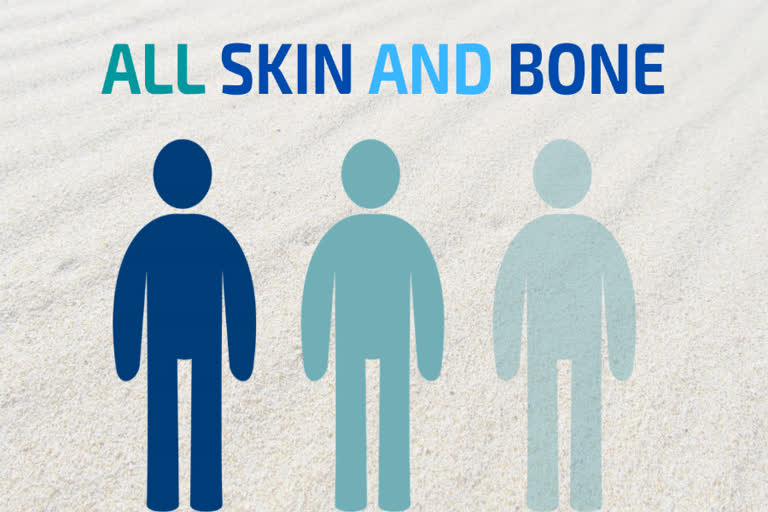New Scientist: Joanna Ebenstein co-founded the now-closed Morbid Anatomy Museum in New York. She spent years studying how we think about the body, sparked by receiving a calendar from the Mütter Museum of the College of Physicians of Philadelphia, a Pennsylvanian institution that contains human specimens preserved in alcohol.
She is interested in why once-commonplace images of death and the body are now considered bizarre. "The human body is something we can all relate to, as opposed to images of botany or astronomy," she says about her new book, Anatomica.
Ebenstein charts the history of the body's portrayal in art and society, homing in on 1543 when Andreas Vesalius's De Humani Corporis Fabrica Libri Septem became the first book to look at mammal bodies based on factual dissection, rather than hypotheses.
Unlike today's body bible, Gray's Anatomy, Vesalius's images are playful and artistic. They are in beautiful landscapes, not laid out on slabs, says Ebenstein. That physical detachment didn't happen until the 19th century, by which time we had come to see the body as mechanical, rather than spiritual – and started to avoid taboo subjects like death.
That was also when skin covers started to spook us. In Dark Archives, Megan Rosenbloom, a librarian at the University of California, Los Angeles, probes what was once a normal practice.
Like Ebenstein, her interest in the corporeal was born among the 19th-century pillars of the Mütter Museum. A former journalist, her eye was drawn to a case of small books, their covers closed. There was little to indicate that these were the books' most important features. Then she read the caption: they were made from human skin.
